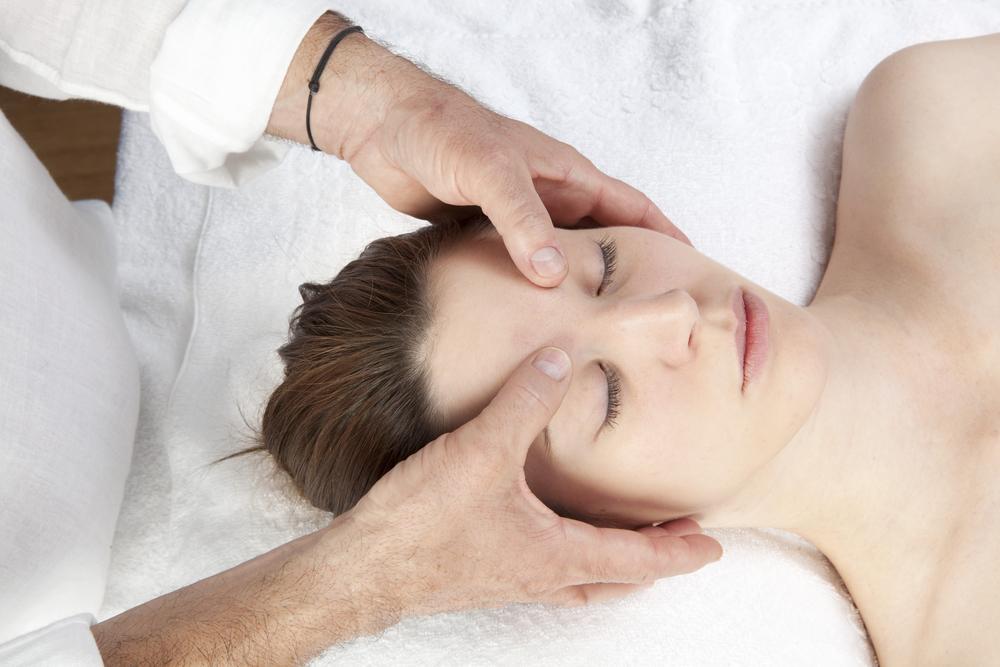Comprehensive Guide to Recognizing and Managing Migraine Symptoms
This comprehensive guide explores the key symptoms, causes, and classification of migraines, providing practical tips for identification and management. Understanding triggers, distinguishing migraines from other headaches, and exploring natural remedies can empower sufferers to take control of their condition. Proper diagnosis and tailored treatment plans from healthcare professionals are emphasized to improve quality of life for those affected by chronic migraines.

Understanding the Key Symptoms and Causes of Migraines
Migraines are a common neurological condition that afflicts millions of people around the globe, significantly impacting daily life and productivity. They are characterized by intense, throbbing headaches often accompanied by other symptoms such as nausea, visual disturbances, and heightened sensitivity to light and sound. Although many people experience headaches, it is crucial to understand the specific signs that distinguish migraines from ordinary headaches to ensure timely and effective treatment. Recognizing these signs can help individuals seek appropriate medical care, potentially reducing the severity and frequency of attacks.
Duration and Frequency of Migraine Attacks: Migraine episodes typically last anywhere from four hours to three days. The frequency of these attacks can vary greatly among sufferers—some may experience them once a month, while others may face weekly episodes. Statistically, about 8% of the global population suffers from migraines, with women being more affected than men, often due to hormonal fluctuations. The duration and intensity of migraines can also influence treatment options and lifestyle adjustments to manage the condition effectively.
Common Triggers and Precursors: Understanding what triggers migraines is essential for prevention. Common triggers include hormonal changes—such as those caused by contraceptives—stress, smoking, irregular eating habits, and consuming certain foods like chocolates, alcohol, nuts, and processed snacks. Environmental factors like bright lights, loud noises, and strong odors can also precipitate attacks. Recognizing these triggers allows individuals to modify their lifestyle and avoid potential migraine episodes.
How to Differentiate Migraines from Other Headaches: Not all headaches are migraines, so being able to tell them apart is vital. Migraines typically cause intense, pulsating pain on one side of the head, sometimes accompanied by a feeling of pressure behind the eyes or ears. They are often severe enough to require medical attention. Additional symptoms include nausea, vomiting, temporary vision loss, and heightened sensitivity to light and sound. Many sufferers report seeing flashes, spots, or zigzag lines—known as visual auras—which often precede an attack. Recognizing these signs ensures prompt treatment and reduces the risk of migraine complications.
Types of Migraines: There are primarily two types of migraines: those with aura and those without. An aura is a set of sensory disturbances—like visual flickering, tingling, or speech difficulties—that appear about thirty minutes before the headache begins. Migraines without aura occur suddenly without warning signs. Knowing the type of migraine can help healthcare professionals develop personalized treatment plans.
Pre-Migraine Symptoms and Warning Signs: Certain symptoms may appear hours or days before an attack, serving as warning signs. These pre-migraine symptoms include muscle stiffness, fatigue, depression, constipation, intense food cravings, and frequent yawning. Awareness of these signs can enable individuals to take early preventive actions or medication to mitigate the severity of the upcoming attack.
Natural and Medical Relief Options: Managing migraines often involves a combination of lifestyle changes, natural remedies, and medication. Hydration plays a vital role; drinking plenty of water can help reduce the frequency and intensity of attacks. Dietary adjustments, such as adopting a gluten-free diet, can be beneficial for some sufferers. Aromatherapy using lavender oil has been found to alleviate headache pain in certain cases. However, it’s essential to consult a healthcare professional for accurate diagnosis and personalized treatment. For infrequent migraines, over-the-counter pain relievers might suffice. Chronic or severe cases, however, often require stronger prescription medications, preventive therapies, and behavioral modifications to reduce the occurrence and impact of migraines on daily life.





